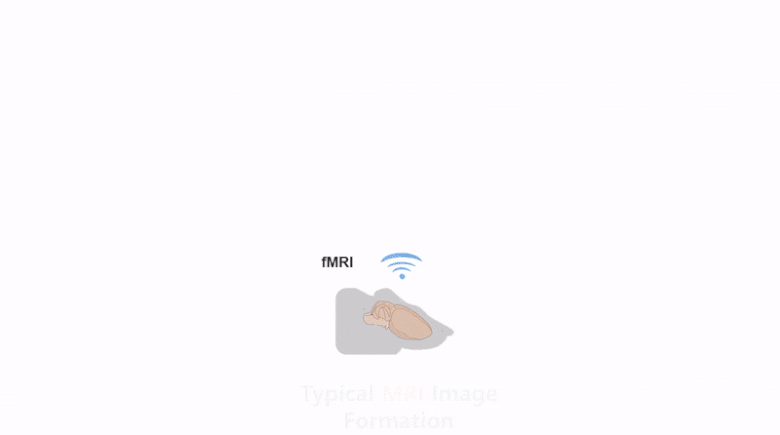Adaptive and wireless recordings of electrophysiological signals during concurrent MRI
(Mandal, Babaria, Cao, Liu. IEEE Trans. Biomed. Engr., 2018)

MRI-Compatible EEG recordings with miniaturized wireless devices
(Mandal, Babaria, Cao, Liu. 2017. ISMRM, Magna Cum Laude Award)

The MR-integrated system provides a simple solution for high fidelity neural recording in simultaneous fMRI studies by utilizing MR-surplus hardware. Gradient triggered sampling and analog switching circuit combined with wireless reception of EEG signal by MR coil address technical challenges regarding the signal integrity and electromagnetic artifacts, while reducing the overall complexity by removing the dependence on bulky synchronization and shielding systems. Additionally, further refinement and implementation of the system will be focused on future human applications. Therefore, the success of the current research is expected to open new avenues for widely accessible, integrative neuroimaging tools.
